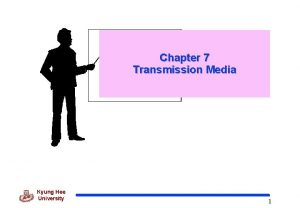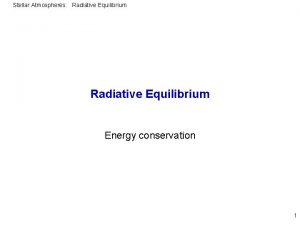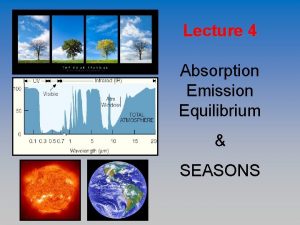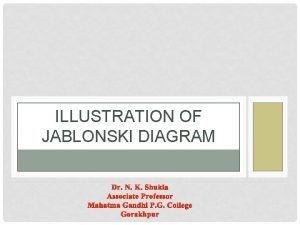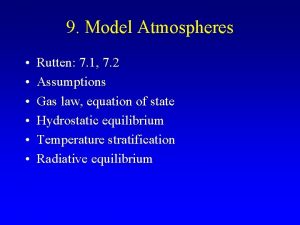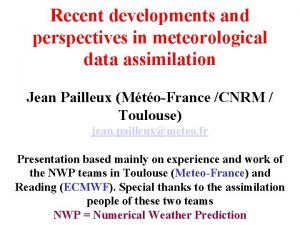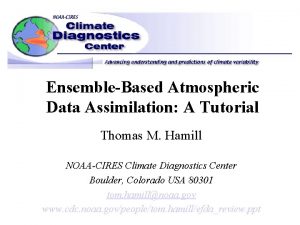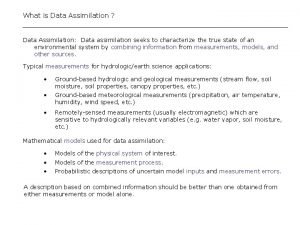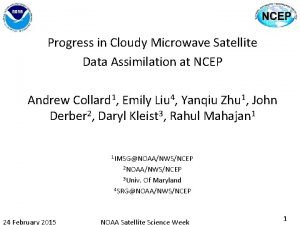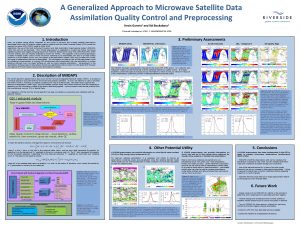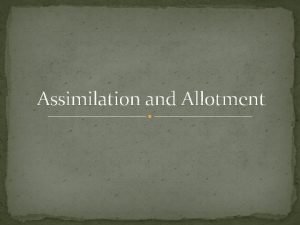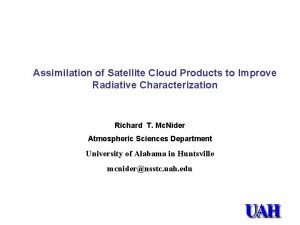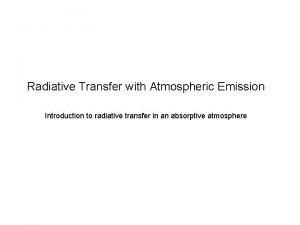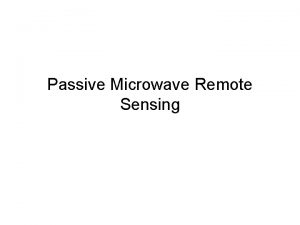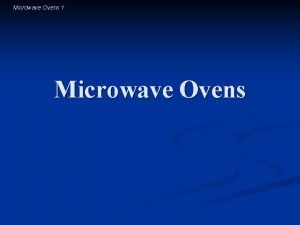Slantpath radiative transfer in microwave satellite data assimilation









- Slides: 9

Slant-path radiative transfer in microwave satellite data assimilation (preliminary) Yinghui Lu

Why slant path? • “Dislocation” Δx Δz • Higher altitude (stratosphere sounding) • Finer horizontal resolution • ECMWF (Bormann, Tellus A, 2017) • Canada (Bani Shahabadi et al. , MWR, 2018)

Why slant path? • “Dislocation” • “Broadening”

Slant path radiative transfer • Idea is simple: interpolate model state variables along satellite path! • T, P, … • Qv, … • Qc, Qi, Qr, Qs, Qg, … • Use the interpolated variables along the ‘slant path’ instead of that along the vertical model grids as input to CRTM

• Same WRF model states • Simulated GPM TB at 2017 -08 -23 12: 00 • Slant path looks More ‘blur’ (possibly from interpolation) Away from satellite 37 GHz V-pol • • 183 GHz V-pol Slant OFF Difference

• Same WRF model states • Simulated GPM TB at 2017 -08 -23 12: 00 • Slant path looks More ‘blur’ (possibly from interpolation) Away from satellite 37 GHz V-pol • • 183 GHz V-pol Slant ON Difference

• After assimilating GPM observations • Slant path looks Precipitation area smaller Precipitation center towards the satellite 500 h. Pa Qsnow • • 800 h. Pa Qrain Slant OFF Difference

• After assimilating GPM observations • Slant path looks Precipitation area smaller Precipitation center towards the satellite 500 h. Pa Qsnow • • 800 h. Pa Qrain Slant ON Difference

Summary • Slant-path effect in radiative transfer can be important for highly inhomogeneous fields (e. g. , hydrometer) and fine model horizontal resolution • Not considering slant-path effect in radiative transfer may lead to error in precipitation increments (location, area, and strength)
